An oldie but a goodie. Gotta be my favorite talk show performance. I watch it a couple times a year. Sam Herring's sincerity and vulnerability; the unexpected change in his voice's tone; Letterman's joyous expression of delight. So great.
St Wilfrid's Catholic School in Crawley have produced an end-of-year video featuring their headmaster — a faithful shot-by-shot remake of Spike Jonze's video for Fatboy Slim's Weapon of Choice.
I was most impressed by the side-by-side comparison with the orginal:
As someone said on MeFi, such wholesome fun!
Impressive Kashaka playing by Yowie.
More on their YouTube channel and instruction available on Yowie's Patreon.
Wikipedia has info on this West african percussion instrument.
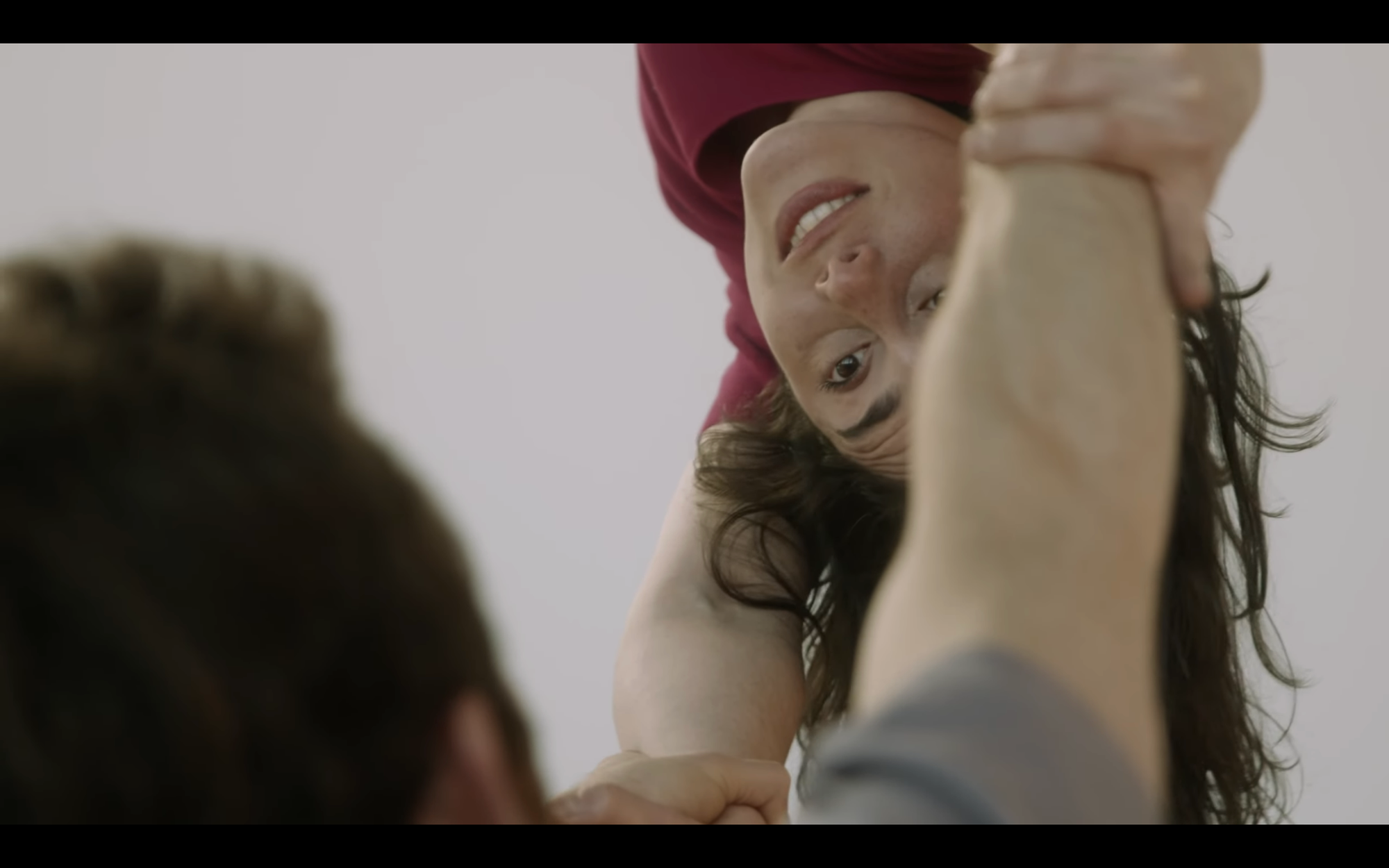
I'm not sure if Bastien Dausse considers himself a dancer or an acrobat, or both, but he's also an inventor and... sculptor, maybe?
Check out this video, which features Dausse and another performer working with two of his sculptures. Fantastic stuff.
And then there's this bit of business:
Which, of course, reminded me of this dance scene from Hal Hartley's Surviving Desire:
Dausse's site is here: Barks Copagnie.
If you dug these pieces, you'll also appreciate my post on Unorthodox Choreography.
Terrific short film to promote the new Tutu Academy on the anniversary of the Hong Kong Ballet's 45th Anniversary.


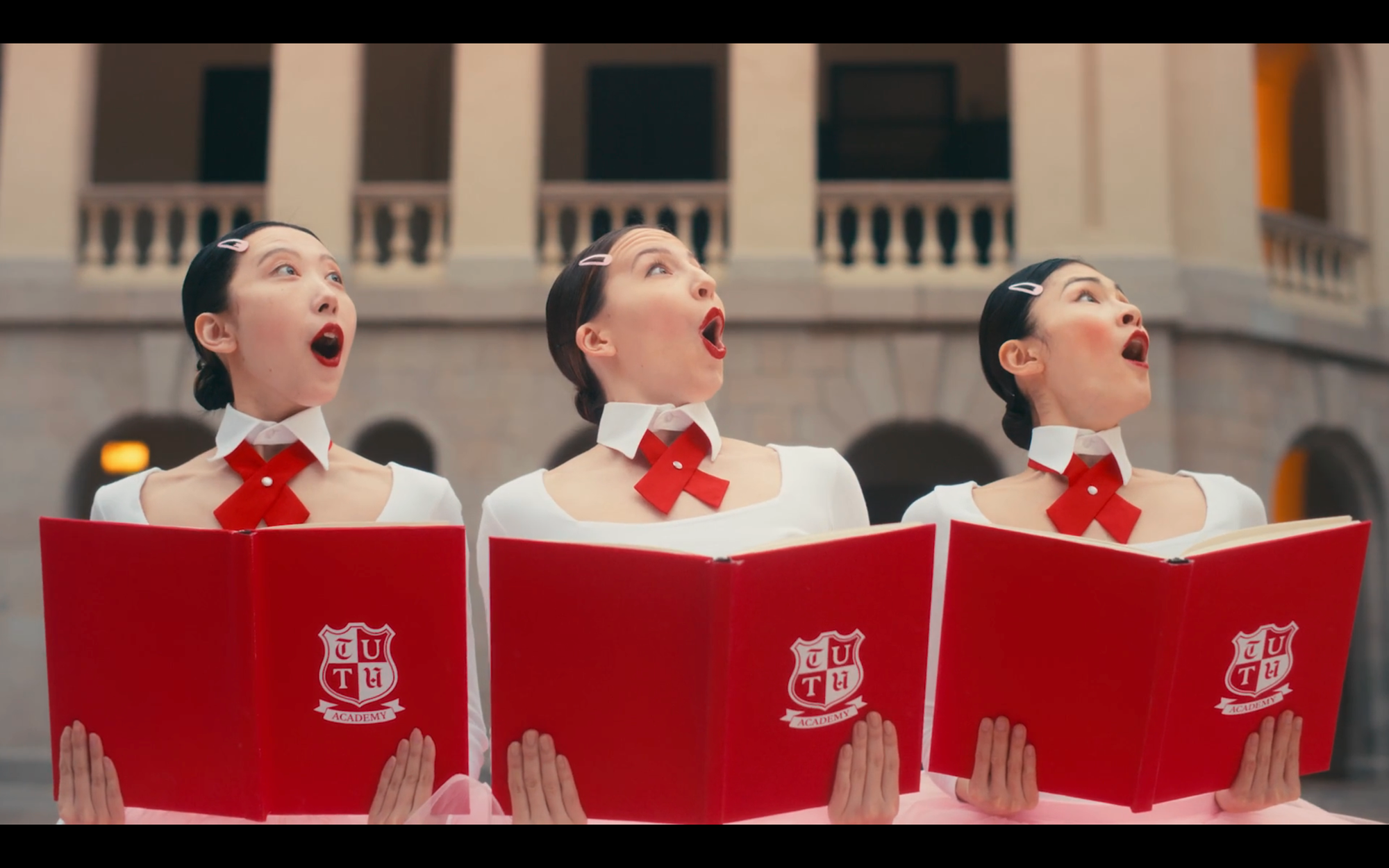
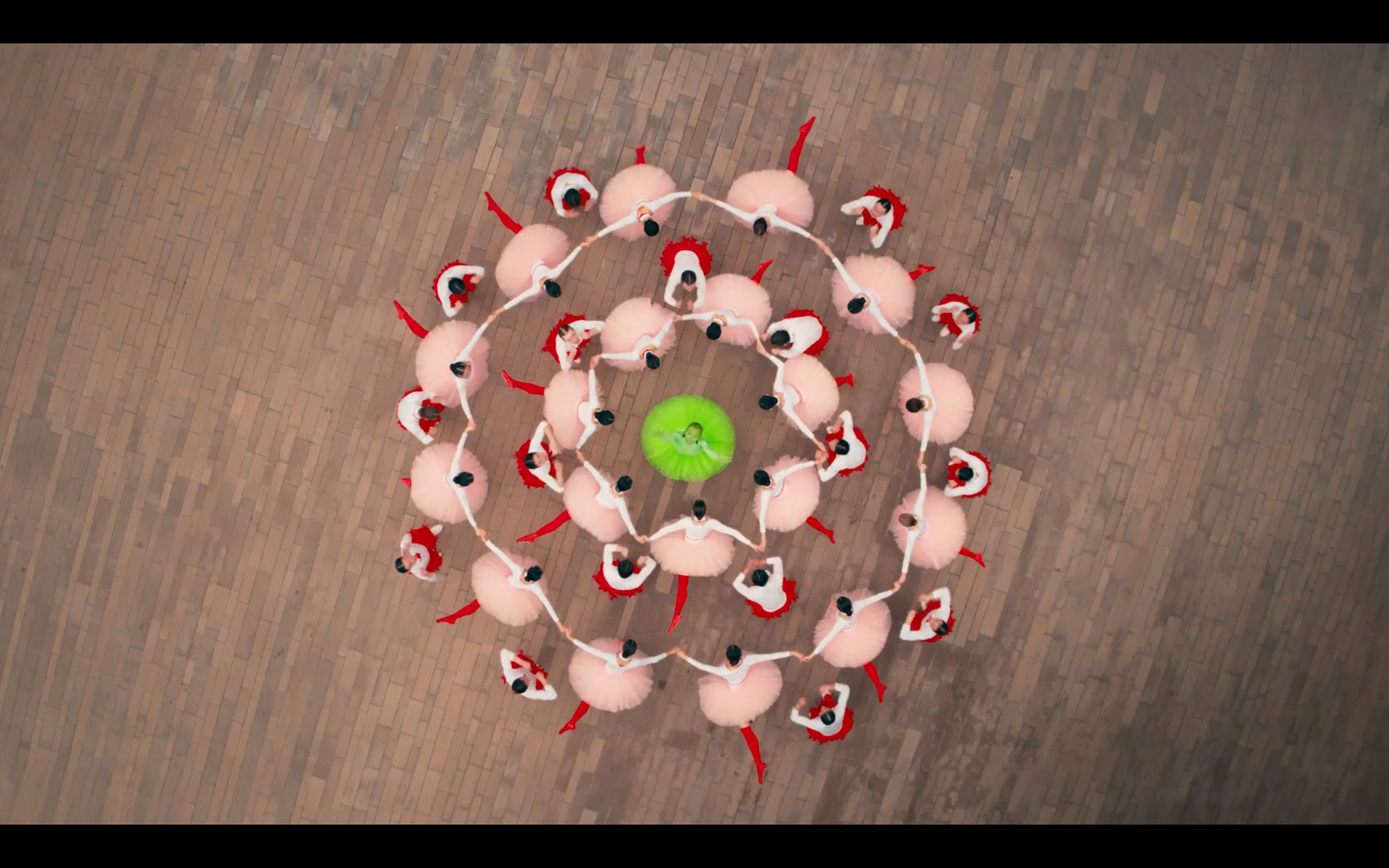
You can watch the 3-minute film here:
You ever have a line of dialogue in your head and you can't remember what film it's from?
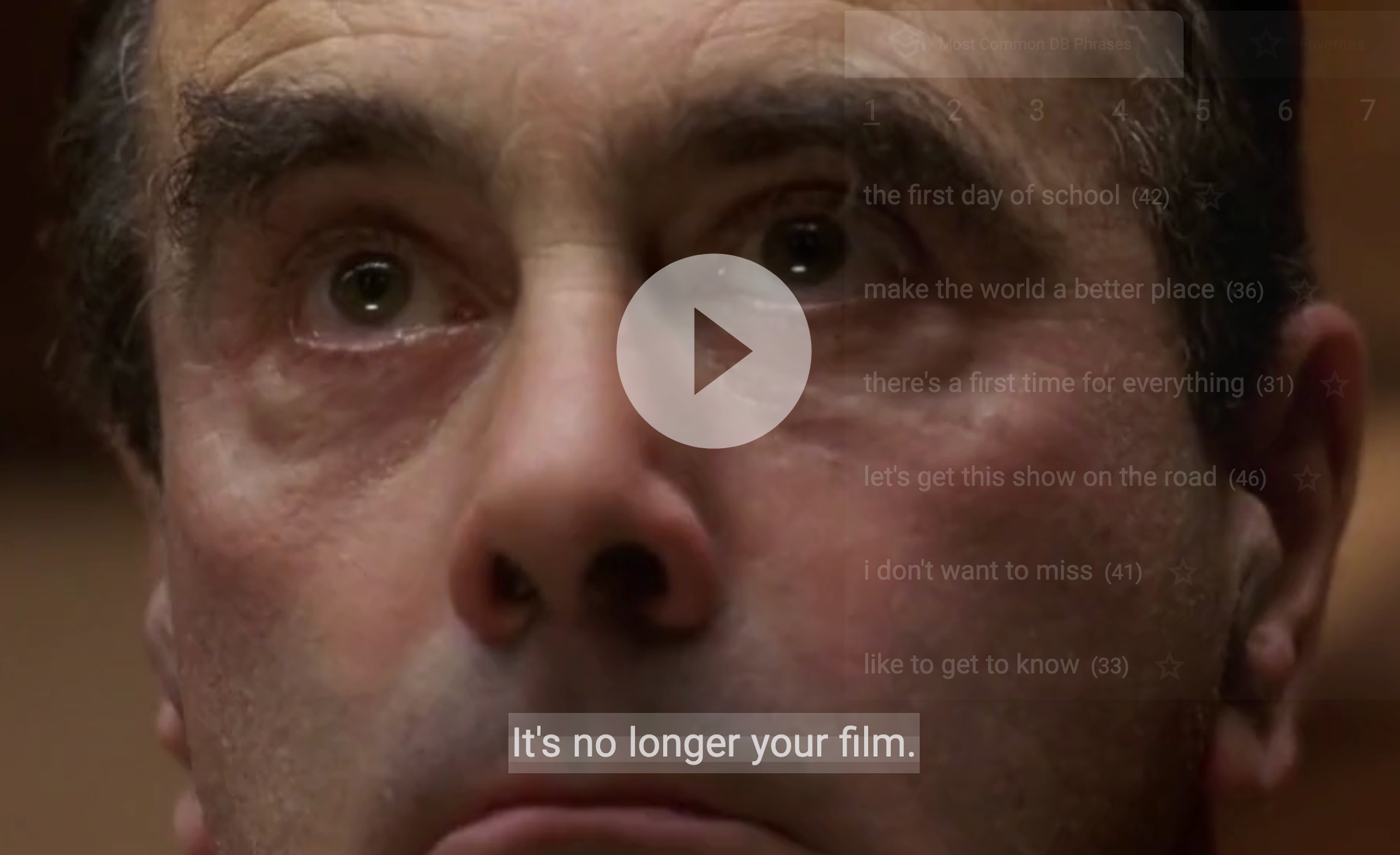
Enter PlayPhrase, a search engine for dialogue. It managed to properly source every phrase I threw at it:
"It's no longer your film," from Mulholland Drive.
"For me, the action is the juice," from Heat.
"Poured out like water on the ground," from The Thin Red Line.
"I'm quietly judging you," from Magnolia.
"Because you only have two forms of expression: silence and rage," from Midnight Run.
Pretty impressive. Not sure what it says about me that those are the phrases that came to mind, though.
"Curbside Classic is a general interest automotive and transportation site with a special emphasis on history and documenting the older cars still on our streets."
Worth a visit for the pictures of cool vehicles — but there's also some great in-depth info on the cars, including some with old sales brochures and ads. Neat!

For instance, here's the entry on the 50s Mercedes Benz Coach pictured above.
And the Morris Minor below:

I tell you about this stite today because I've added a new Curbside Classics section to A Tiny Bell: favorite cars I've seen on my travels.
These lovely illustrations shared by Present & Correct were the inspiration for me sharing my own scans of a Carl Hansen & Son catalog.

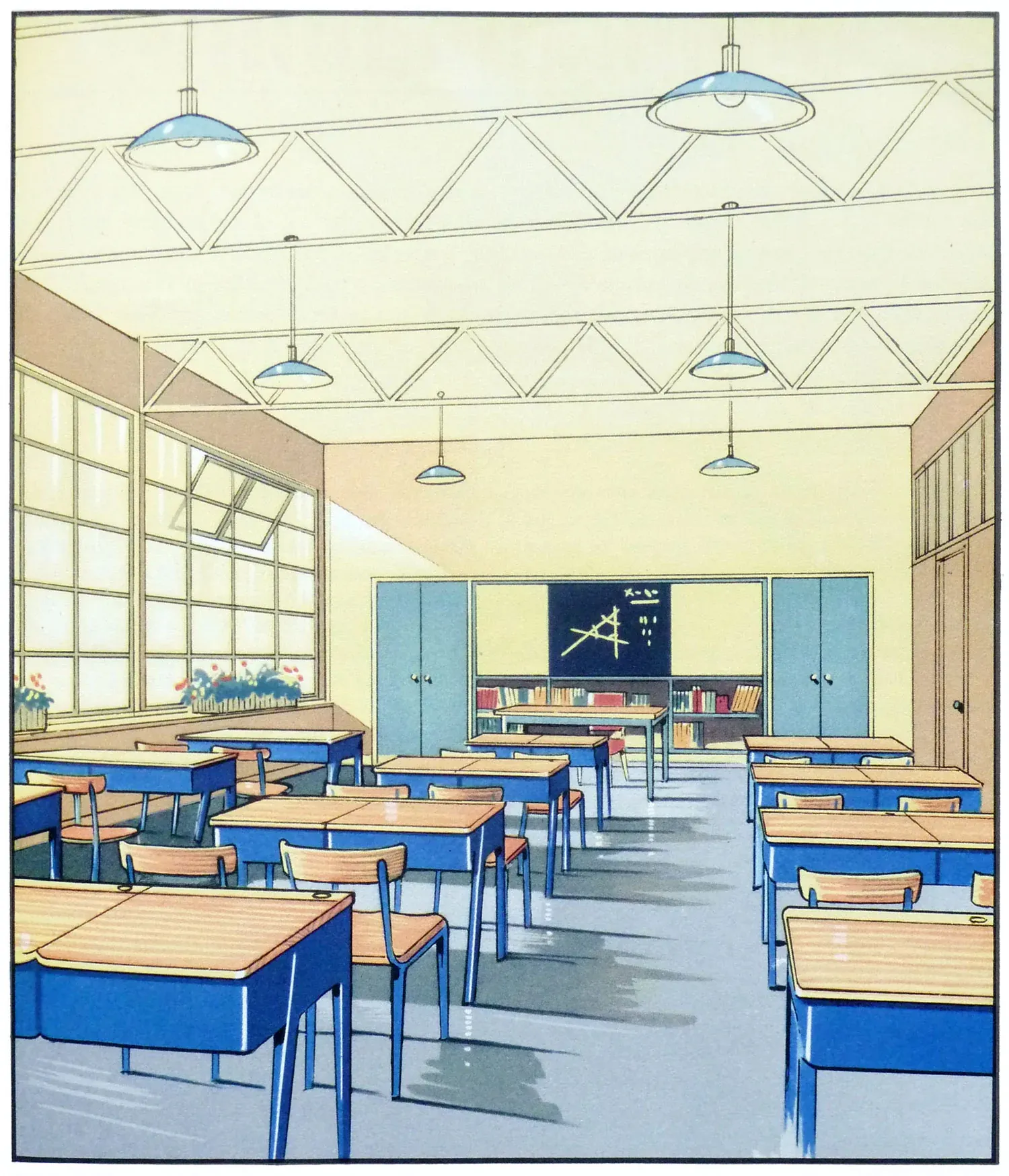
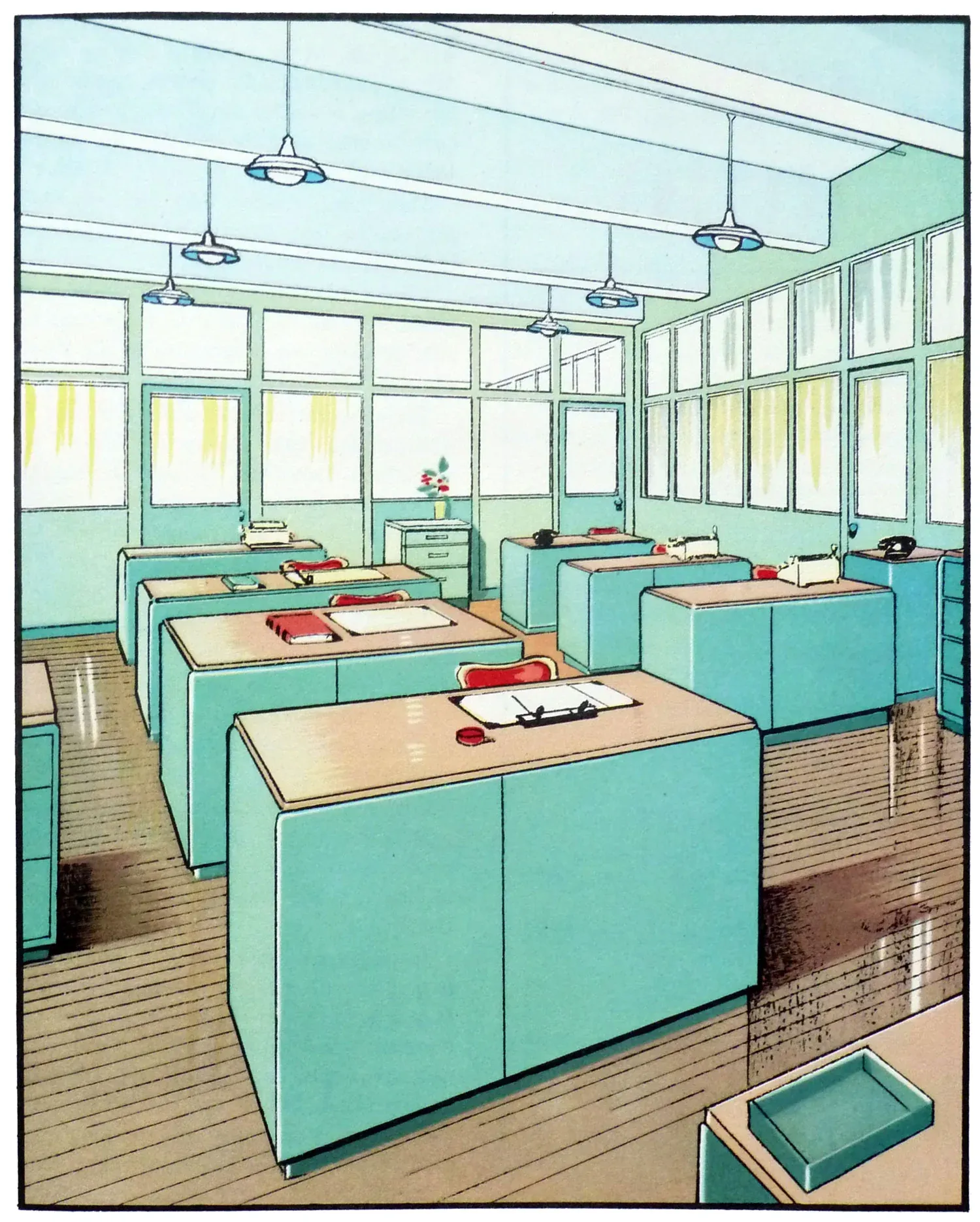

The above are all from Present & Correct's first post on it. They've now made a second post.
Gorgeous stuff.
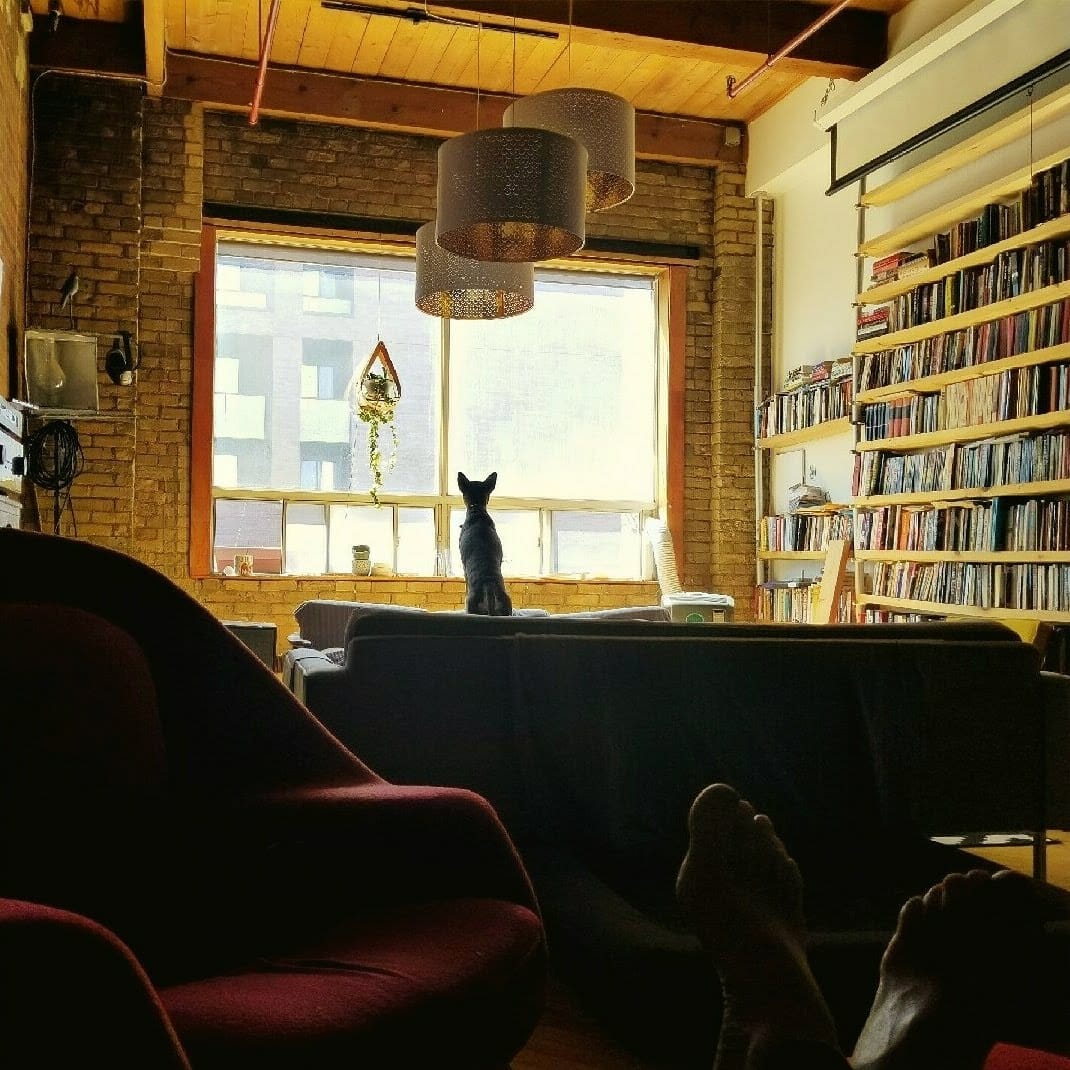
I used to own a great many books. More books than is reasonable for a person to own. You can see some of them in the photo above. Just under 1900 titles. In 2022 and 2023, I sold the vast majority of them, keeping just a small shelf worth.
I thought it would be interesting to occasionally do a post about one of the keepers and write a bit about how it came to be mine and why I've kept it.
The first title is Kenneth Rexroth's One Hundred Poems from the Japanese. I believe I purchased this copy from Iliad Books in North Hollywood, though it might have been The Last Bookstore in DTLA. Either way it was definitely in 2010, during my first trip to California.
I'd gone because a film director had read Chimera, a screenplay I wrote in 2008. He called and said he wanted to meet and talk about me writing a sequel to a hit film he'd made in 1990. (A film I'd seen in the theatre when it came out and that most people of my generation will have seen. Yes, I'm purposely being vague.) He told me he lived in Venice Beach and that I should head down.
I took the month of May off and flew down, staying in an AirBnB a few blocks from the director's house. To quickly answer the questions you're probably asking: nothing came of Chimera, my script that he'd read, and I never worked with him on a sequel to his film — or any other film for that matter. In short: he stiffed me. I spoke with him the day before I left Toronto — "Oh, yes, great, great. Looking forward to meeting you, Lincoln." — and then he avoided my calls for the entire month I was there.
I've been asked a number of times if I'm bitter about the experience, but the truth is that I'm thankful for him having called, as he motivated me to head to Los Angeles, something I probably should have done as a teenager or in my early 20s, instead of going to film school. I fell in love with the place and lived there for three and a half years spread out over the next ten. In all that time, I never did come face to face with that director, but I did make some great and lasting friendships.
As to the book of Japanese poetry:
For as long as I can remember, I've lived an unrequited life. This means I'm often thinking about someone from my past. I chanced upon the Rexroth book and opened to a random page:
In the empty mountains
The leaves of the bamboo grass
Rustle in the wind.
I think of a girl
Who is not there.
Nice. I flip again:
I wish I were close
To you as the wet skirt of
A salt girl to her body.
I think of you always.
Very nice. Once more:
Others may forget you, but not I.
I am haunted by your beautiful ghost.
Sold!
If memory serves, it costs me $8.
Though I have most of my favorites from the book memorized, the thin trade paperback often accompanies me when I travel. I had it with me in Spain in 2017 when I was sending my own poems out to my Burning the Days mailing list. All those miles means it's pretty beat. It was dog-eared when I got it. It's water-stained now. I'll replace it with a hardcover first edition if I ever find one in person. (They pop up all the time online but I hate paying for $30 shipping on a $20 item.)
There is a sequel with the inventive title One Hundred More Poems from the Japanese, but I can't recommend it. Rexroth also did two volumes of poems translated from Chinese. Again, they don't strike the same chord as this original Japanese collection.
One Hundred Poems From the Japanese is still in print. It's published by the stellar New Directions and you can purchase it from Bookshop.org, Abe Books, or Amazon (Canada, US, UK), or maybe get your local book store to special order you a copy.
